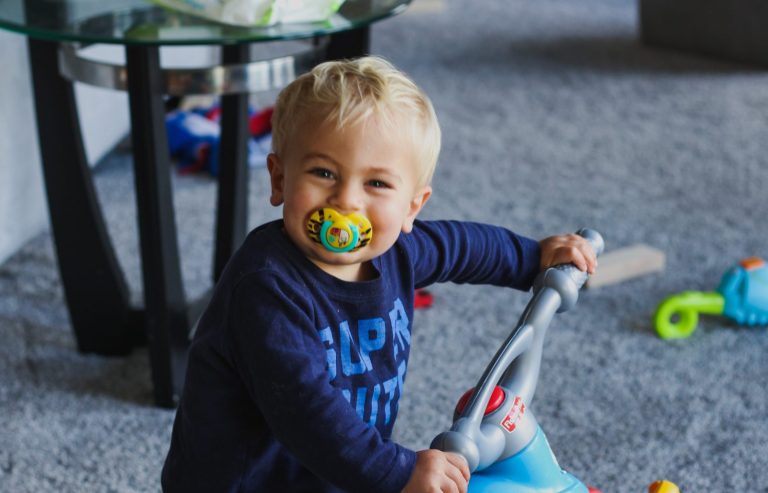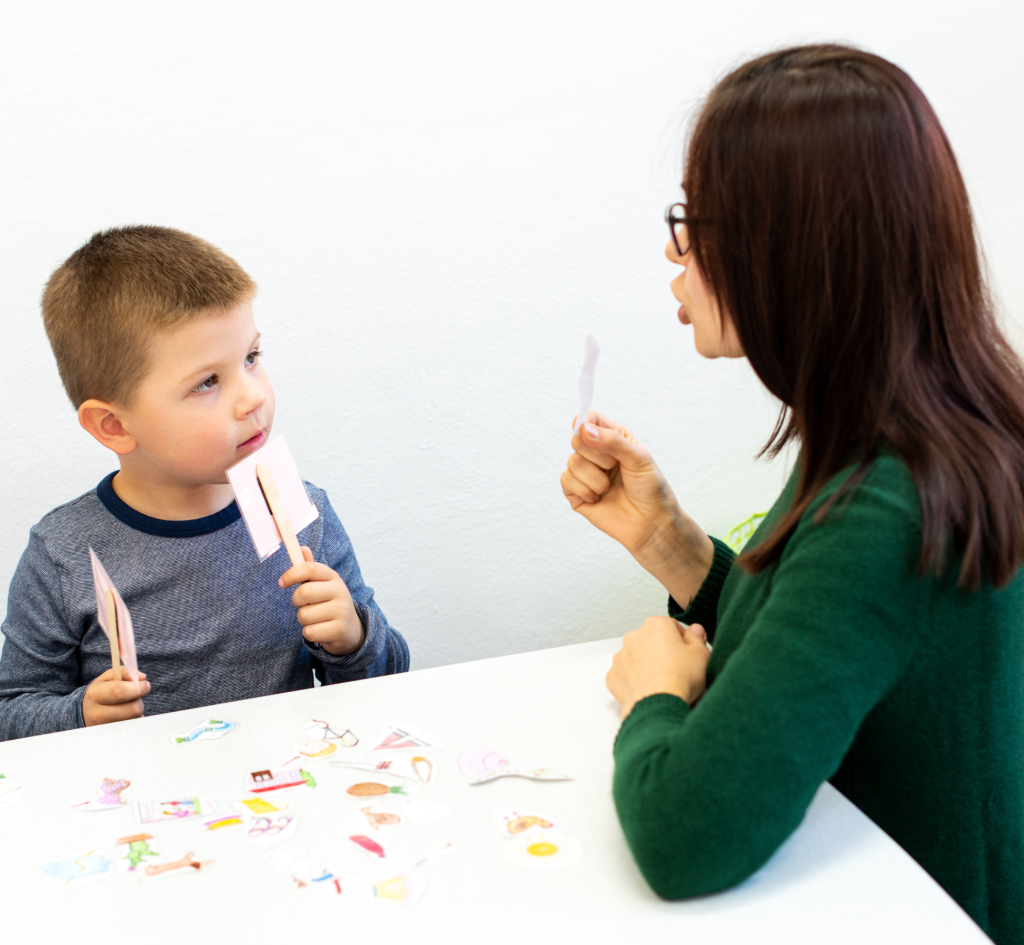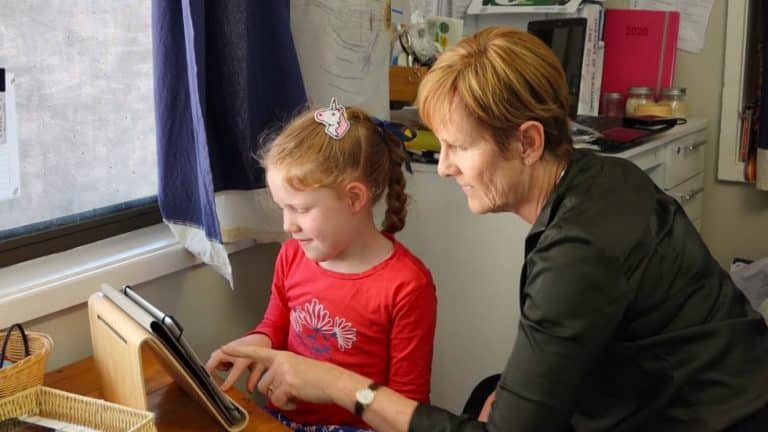How you can help with preschool children’s speech development?
In my last blog on articulation, I discussed the milestones for typical speech development and some areas where children may have delays or difficulties. If you missed it, please read Part I before reading Part II.
In this (longer than usual) blog, I will give an overview of some of the most common speech error patterns and ways you can help children develop good speech skills before they commence school. I discuss this topic further in two webinars of the same name and I demonstrate ways you can help. You can find my latest free webinars here.
Common error patterns – What are they? Ways you can help and when to refer on.
There are some common error patterns that we see in children age 3-5 years.
Fronting
‘Fronting’ is an error where the child has their tongue forward in the month when it should be further back. Sounds made at the front of the mouth (like t, d and s) replace sounds made at the back of the mouth (k, g and sh).
Examples include – the child says /t/ instead of /k/ so ‘car’ is pronounced ‘tar’. You may have heard
this with some children. Other examples are ‘dod’ for ‘dog’, ‘doat for ‘goat’.
Ways to help
Cease dummies/pacifiers/thumb sucking and bottles as this encourages the tongue to be too far forward in the mouth. Help the child to try to make a ‘back’ sound by showing them how to hold down the front of their tongue with their finger.
Use a mirror to show them. Coughing, swallowing or clearing their throat can help the child to feel the back of their tongue touching at the back of the mouth. This is where we make the /k/ and /g/ sounds.
Sometimes lying on the floor on your back with the child helps the child’s tongue to move to the back of their mouth. Say /k/ and /g/ sounds while doing this to see if this helps.

When to refer
Consult a speech pathologist if the child is still making fronting errors at 3½-4 years of age (or younger if the child is hard to understand, frustrated or being teased).
Lisping
Lisping is a common speech error where the child cannot produce the /s/ correctly.
There are 2 main types of lisps;
I. Interdental lisp (between the teeth) – where the tongue is too far forward in the mouth so the /s/ sound is more like a /th/ sound eg. ‘thun’ for ‘sun’ etc.
Ways to help
Cease dummies/pacifiers/thumb sucking and bottles as this encourages the tongue to be too far forward in the mouth and can contribute to lisping. Check the child’s hearing. /s/ is a high frequency sound and a mild hearing loss caused by an ear infection may mean the child is not hearing the /s/ sound clearly.
The place where you put your tongue to say /t/ is the correct placement for /s/. Get the child to say t,t,t,t and then stretch the sounds and join them together into a /s/ sound. Mirrors can help with placement. Keep teeth together when practicing. Don’t let the tongue pop out!

II. Lateral lisp (out the side) – where the air flow comes out the side of the tongue instead of in the front and middle. Lateral lisps sound ‘wet’ or ‘slushy’.
As with the above for an interdental lisp. This time, also add in feedback about the quality of the /s/. Use cue words like’ hissy’ and ‘slushy’ to give feedback. The air flow should be a thin stream out the centre of the tongue tip. Use a drinking straw to demonstrate a thin stream of air. Seek help from a speech pathologist if a child is still lisping in the year before they go to school (4 – 4½ years).
Voicing
In English, we produce some sounds with our voice turned off like a whisper. These are called unvoiced sounds or voiceless sounds, and include sounds like p, t, k, s and sh. For other sounds, we ‘turn on’ our voices. These are called voiced sounds and include b, d, g, z and n. When you say these sounds you can feel your voice is switched on by touching your throat as you say the sound and feeling the vibrations.
Children will learn which sounds are voiced and which are voiceless. If they confuse them, we call this a voicing error; for example saying pig instead of big or voicing sounds when they shouldn’t – gar for car.
Ways to help
Practice saying voiced and voiceless pairs with the child. Common pairs are b (voiced) and p (voiceless), g and k, d and t, z and s.
For example;’ b is loud and you can feel your voice (touch your throat as you say it) and p is whispered and you can’t feel your voice and you can’t shout it!’
Consult a speech pathologist if a child is still making voicing errors at 3 years.

Final consonant deletion
This common error is less complex than the previous as there is no substitution of one sound for another. The child simply leaves the last sound off a word eg ‘da’ for ‘dad’ or ‘po’ for ‘pot’. This error can make children hard to understand.
Ways to help
Repeat the word correctly after the child and emphasise or stress the last sound eg da – d. Ask the child to copy you and say it again after you. Give them lots of praise if they say the final sound. You can use visual cues such as a picture of a dog with no tail and show them they need to ‘put the tail on’ to finish the word. Seek help if the child is still deleting final sounds at 3 ½ years.
Stopping
In English some sounds are made with a continuous airflow such as s, z, m, n, sh, f, v and th and some sounds are made with a short release of air including p, b, t, d, k and g. A stopping error is where the child uses a short sound in the place of a long continuous sound. Common examples include ‘dun’ for ‘sun’, ‘toap’ for ‘soap’ or ‘do’ for ‘shoe’.
This can be a tricky error to correct. As with the others, keep modelling and repeating the word correctly after the child and invite them to try again. Stress the first long sound ssssssss -oap. Ask the child to put their hand near their mouth and feel the air coming out for the ‘long’ ssss sound. What you may find is that the child will copy you and say ssssss-toap and still make the stopping error. A good trick is to model again but this time put a ‘h’ sound between like this ‘sssss -hoap’. The ‘h’ sound may help the child to not ‘stop’ the first sound. I will demonstrate this in my webinar Articulation errors part II.
Seek help for this error pattern at 3 ½ – 4 years.
Cluster reduction
Some words include a ‘cluster’ or group of consonant sounds like street and blow and sleep. Preschool children may have difficulty saying all the sounds in a consonant cluster like in stop and leave out one of the sounds e.g. ‘top’ for ‘stop’ etc. Longer words with lots of syllables may be tricky too e.g. hospital and ambulance.
To help the child, model and repeat the word correctly. Try to ask the child to copy you by slowing the word down and stretching out the sounds. Seek help for this error at 4 years.
Weak syllable deletion
Some syllables in words are pronounced strongly or ‘stressed’ and others are ‘unstressed’ or weak Children may leave out the unstressed syllables and this can make them difficult to understand. Some examples include ‘gonemo for geronimo, didor for dinosaur (also stopping on the ‘s’ sound) or hecopter for helicopter.
Clapping out the syllables and saying the word together with the child will help with this error. Clap and say each syllable e.g. ge-ro-ni-mo (4 claps).
Consider therapy at 4 years (or younger if the child is being teased).
Several of these errors can occur at the same time in a child’s speech. Remember if you are concerned, ask for help early;
- Refer for a speech pathology assessment
- Have the child’s hearing checked
- Continue to model clear speech
- Cease bottles, dummies and thumb sucking
- Read to the child everyday
- Acknowledge the child’s frustration if they can’t be understood

